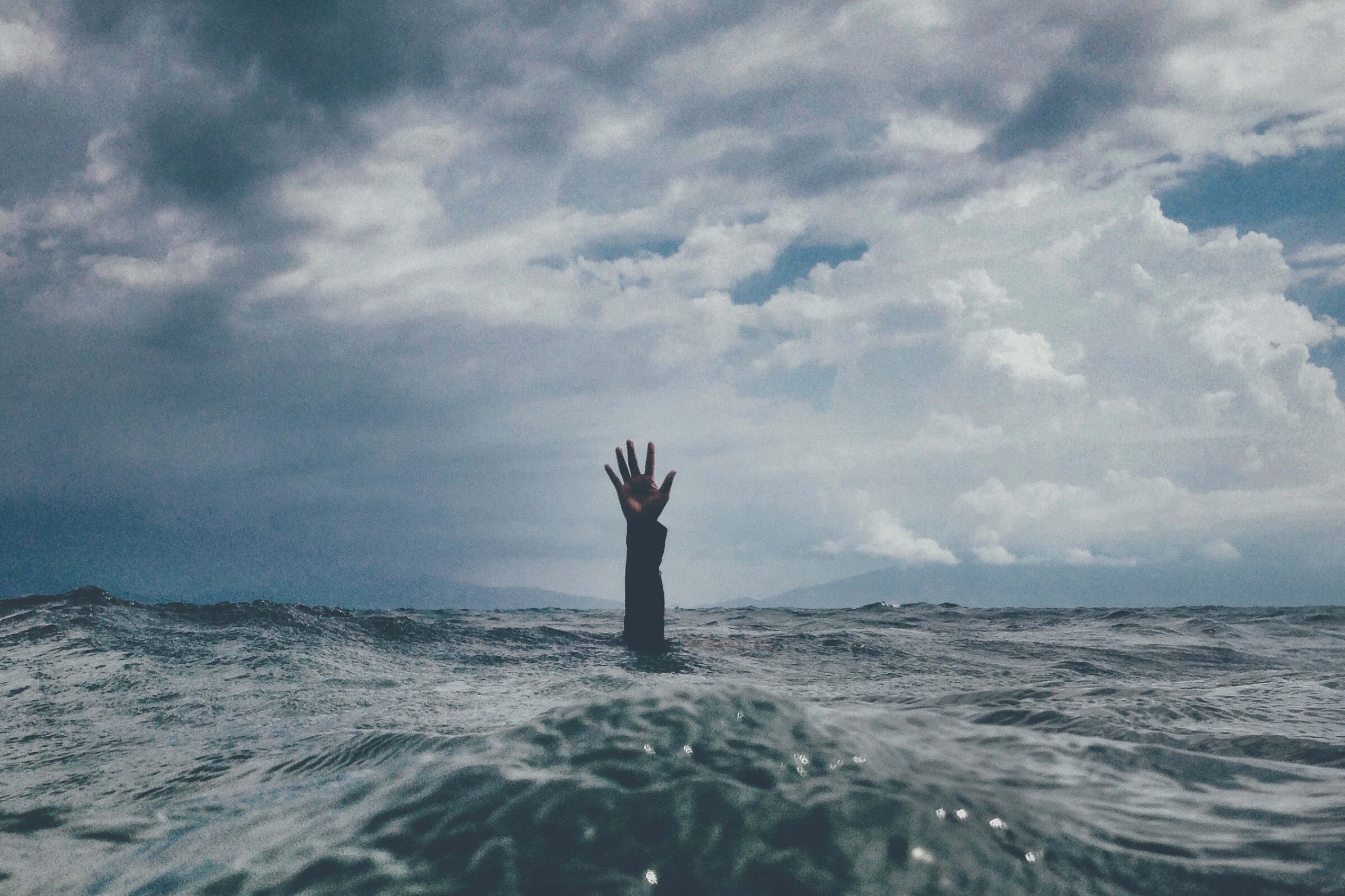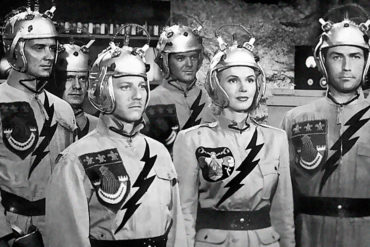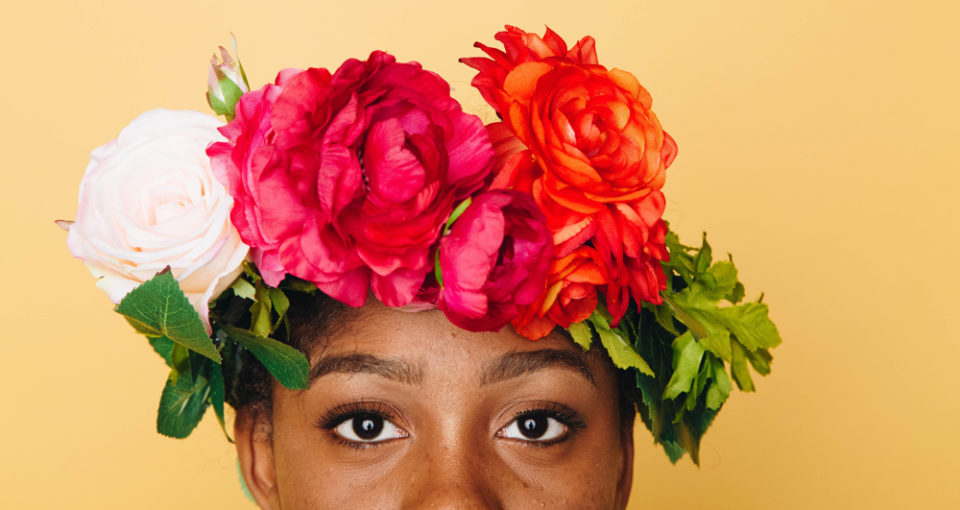Ki sheva yipol tzadik…
For seven times a tzaddik can fall and rise, but rasha’im will stumble upon evil.
-Mishlei (24.16)
One of my favorite parts of Judaism is learning from others, and one of the most vulnerable and honest ways to learn from others is to engage seriously with their thinking. I spun my wheels for weeks after reading this article by Elad Nehorai about the pressures Jewish artists experience from external sources. As a performing artist myself, I relate on a deep level to the pain caused by others’ unrealistic expectations regarding what art does and doesn’t (or should and shouldn’t) look like.
For anyone who frequently finds themselves or their work in front of an audience, external pressure is a challenge and a fact of life. This is assuredly true for religious Jews, but it is no less true in other cultures or societies. There will always be those who look to us or our art to be “a beacon of light in the darkness,” who unfairly expect perfect piety or inhuman consistency from those who walk in a spotlight. However, these expectations reflect more on those that hold them than they do on us, and I believe we are far from helpless in managing our reactions.
Artistic creation doesn’t require freedom from pressure: many of the world’s greatest works of art were created in partnership with demanding sponsors or under the influence of structured societies. The Jewish world needs artists of every stripe, and there’s a lot we can do to make sure that external pressures don’t drag us down and limit our abilities to create. Here are some strategies that have helped me in my own artistic life.
1.Recognize when the hangups are really your own.
My experience is that I am only bothered by someone else’s expectations when I have guilt or internal pressure on myself to perform to those same standards. If someone were to criticize me for not knowing how to juggle as well as I play the clarinet, I would laugh – what a silly expectation! It took me fourteen years of experience to play like this on the clarinet; where would I have found the time for circus school? That kind of comment would bounce right off me. A comment that does not bounce right off is either speaking to my insecurities (“why are you playing concerts instead of spending more time with your family/learning Torah/other thing I actually do value”), or calling out a true inner desire that I’ve left unaddressed (“why aren’t you performing more/doing XYZ thing that I’ve wished for but fear has held me back from.”).
The empowerment hidden in this line of thought is this: it is within my capability to address my insecurities and inner desires, and to align my life with my values. If I have actually done those things – no small feat, of course, but any step in this direction helps – then those comments and expectations are not going to rock my boat. If I understand why it’s important to me to I create the way I do, and how it fits in with my spiritual practice, I will not feel as threatened. If I am at peace with myself, others will sense that peace coming from me.
Pressure to conform certainly can pose a challenge to one’s inner strength. As Mr. Nehorai’s article emphasizes: an artist cannot be beholden to their society. However, no one can make you beholden without your consent. Similarly, no one can force you to inhumane standards or condemn you to suffering without your consent. Witness the Holocaust survivors who find joy in each day despite unspeakable tragedy. If you find yourself surrounded by people who make you feel beholden to unreasonable ideals, look inside to see what kind of power you’re giving their opinions and why. It’s within your strength to resolve insecurities and align your actions with your values – and the more honest you are in this, the less power your fears will have over your life.
2. Don’t try to do this alone.
An artist is lonely in a religious Jewish community, but so is a geneticist, an athlete, a woman who has waited twelve years for a child, or someone living with chronic pain. What makes the loneliness of art poignant isn’t the loneliness itself, but the artist’s drive to explore and communicate it. As I see it, our job isn’t to remove ourselves farther from the world (or our communities) in order to create; it’s to remain invested in the world so we can understand the human experience and translate it into powerfully connective artwork.
The revelation of the artist isn’t that he is alone; the revelation is that he can show everyone the universality of loneliness, and thereby briefly erase the lines that divide and separate us. If we turn our backs on our world and stop participating out of fear, we will lose our ability to express the deep and primal human experience in a way that’s relatable to our audiences.
We don’t need to separate ourselves from society in order to make art, even a society as structured as an Orthodox Jewish one. Every human being is already experiencing profound separation; every one of us is a soul stranded in a physical reality. That’s where the real rebellion is: to fight the false boundaries by creating in a way that reveals the truth of our hidden unity, our hidden connectedness to each other and to G-d.
3. No really, don’t try to do this alone.
As a Jew, if I feel that I am in a community whose expectations are not consistent with where I can honestly be in my spiritual practice, then I know I need help. An artist can (and needs to) have access to religious mentors, authority figures, friends and family that value creativity. It can be tempting to make a snap judgment and say that this type of support system does not exist, especially if we’ve been burned in the past. But just as we expect others to give us a chance to surprise them with the meaningfulness of our art, we need to give them a chance to surprise us with their humanity. Don’t let fear stop you from reaching out. If you don’t find what you need in one direction, reach in another.
Rebbeim and communities are capable of seeing the beauty in art and music, even if it’s not the kind typically found in a Jewish arena, if that art is clearly nourishing a Jewish soul and encouraging it to rise to new heights. We can’t expect to find a whole community of people who share the depth of our exact interest, as Mr. Nehorai references: to be an artist is to be alone. However, artists do not have a monopoly on the market of being alone or misunderstood. Other people know what it feels like to need support, and are often willing to provide it if we can be brave enough to ask.
4. Imperfection is not unholy.
This is perhaps the most important point of all. A Jew who expects perfection from any other Jew is kidding himself; all our avot and imahot and all our greatest spiritual role models made mistakes. Our job is not to be flawless, but to transcend our difficulties, as Mishlei teaches us, to keep running forward even after the seventh (or one hundred and seventh) fall. That is how we become holy – by continually beating our spiritual bests. As artists, we don’t want our audiences to stop expecting holiness from art (G-d forbid), but rather to stop equating holiness with flawlessness and start treating people like people. And that starts with us: with the standards we set for ourselves, and with the way we view others, even (or especially) our audiences and critics.
Expecting ourselves to make mistakes is realistic; expecting never to make them is self-torture – a twin of the torture inflicted by external expectations and pressures. If you base your self-evaluation on the avoidance of mistakes, you are crippling your ability to learn and grow (not only as a Jew, but as an artist!). How can a musician learn a new piece if he can’t stand to hear himself stumble awkwardly through it for the first time? Rather, accept imperfection as part of the human condition and a natural motivator and diagnostic tool for learning and growth.
Of course, mistakes and imperfection may sometimes engender comments we’d rather not hear, especially for those of us on a more public stage. But if you let fear of judgment rule you, your art will always be limited. If your motivation is to avoid risking someone else’s anger or criticism, you are setting yourself up for a life of stifling limitations. Remember also that imperfection is universal, and therefore relatable. To assume that your imperfection will hurt others or let them down is just that – an assumption; in fact, it is at least equally likely that revealing your struggles will arouse empathy and understanding.
5. An artist can be a tzaddik.
“The only way it could work is if someone was truly a tzadik, able to constantly live on another spiritual plane, in which the expectations of society are processed in concert with a constant connection to a level of truth that is beyond that society.”
This is perhaps my favorite part of Mr. Nehorai’s article. To me, this doesn’t sound like “another spiritual plane,” rather, this is the essential human experience of every Jew. We view interactions between humans (society and community) in this physical world as opportunities for self-development. We live with imperfection – in others as well as ourselves – and maintain an awareness that humans aren’t the whole picture. Without that awareness, we’re living in a world built and defined solely by human interaction, and that isn’t Judaism. In fact, it’s what I came to Judaism in order to avoid.
One of the most beautiful aspects of Jewish life and Jewish art is the goal of finding holiness, profundity, and universality in even the most mundane or difficult experiences. How can we do that without understanding ugliness and sadness, failure and pain? Living with personal challenges and identifying areas that need more growth is not a symptom of rebellion against Jewish society or spirituality. If anything, it’s the definition of a healthy spirituality to be honest about shortcomings in order to make things better.
Like artists, true tzadikkim must be able to “see the muck we live in,” otherwise they’ve lost touch with reality and are missing opportunities to grow. Saintliness or asceticism is not Jewish holiness; holy Jewish people have always lived in the world with the rest of us. In fact, all the physical vessels of G-dliness that we know about are (or were) flawed: from navi’im and kings to the land of Israel and the Temple. If the mistakes of Moshe, Miryam, Rivka or David haMelech did not prevent them from reaching their potential, the flaws of an artist need not impede us either.
As artists, we have as much opportunity to become tzaddikim as anyone else – so long as fear of failure doesn’t cripple our growth, and judgment of others doesn’t distract us from self-improvement. It is our gift and privilege to be able to express the inexpressible, to reveal the Divine where it otherwise might not be found. Seeing, living with, and expressing the universality of imperfection doesn’t preclude us from accessing holiness. In fact, it’s a necessary step toward increasing the holiness in our lives.





